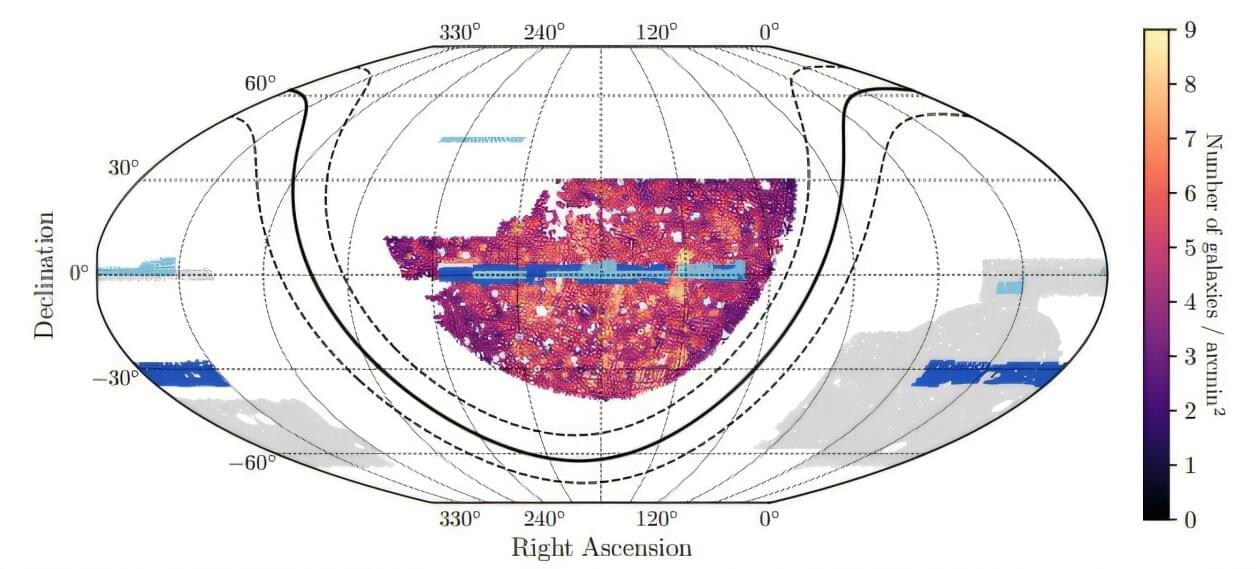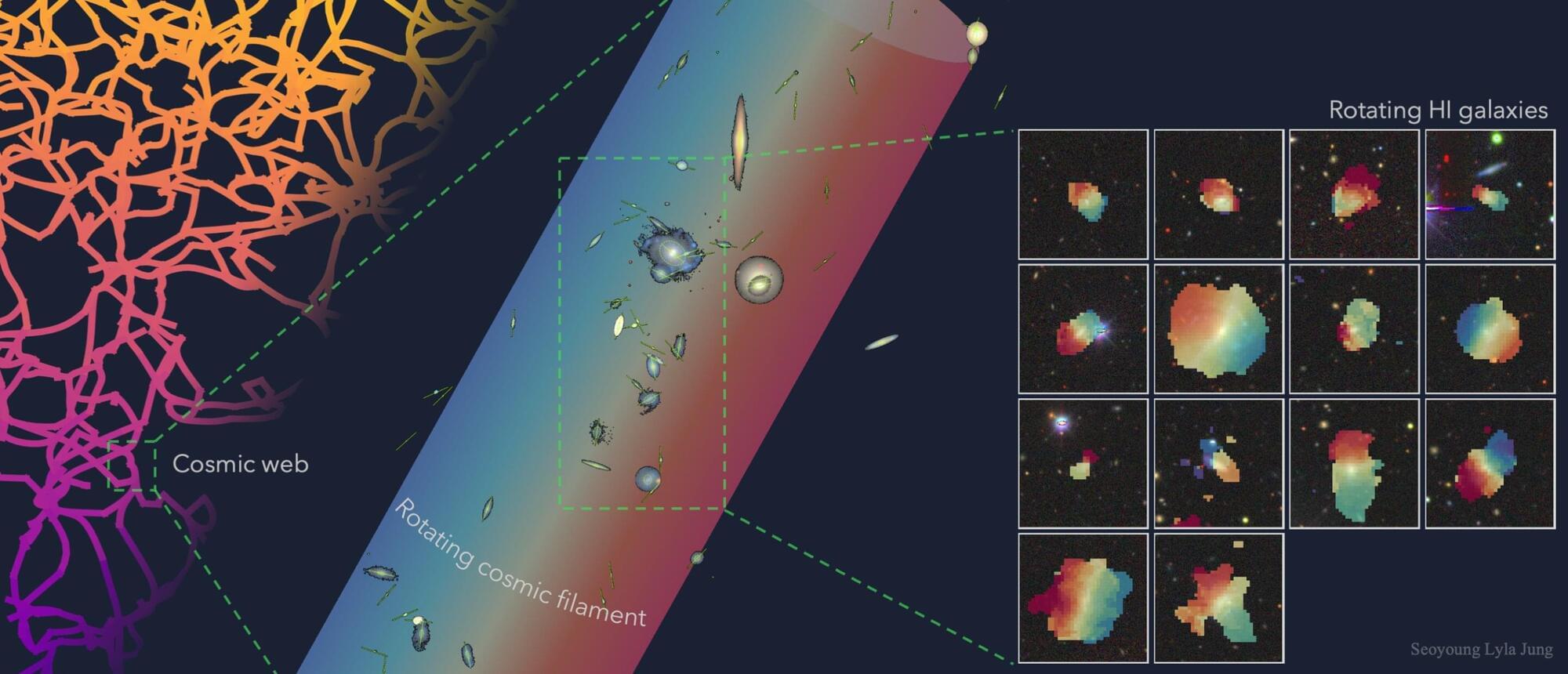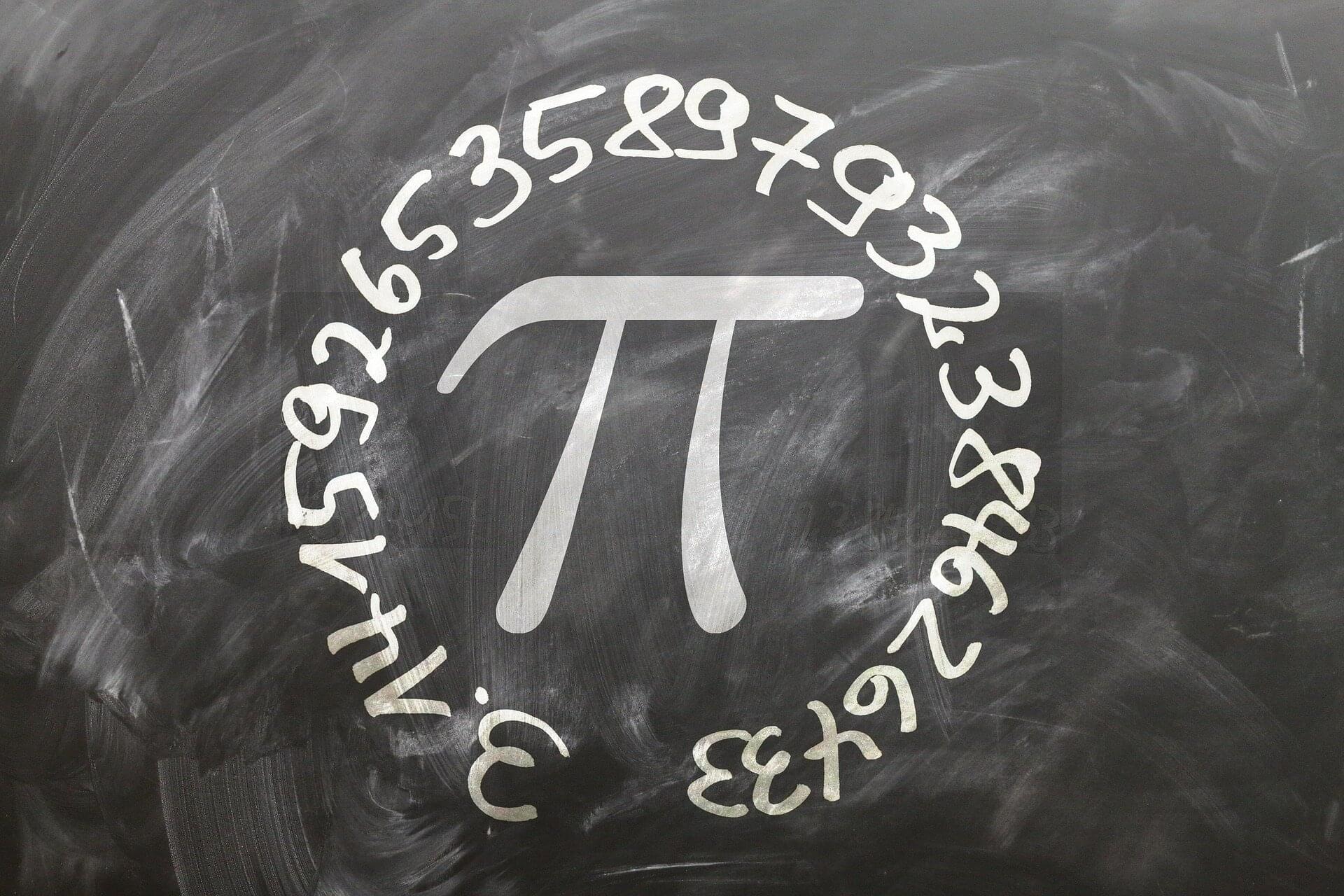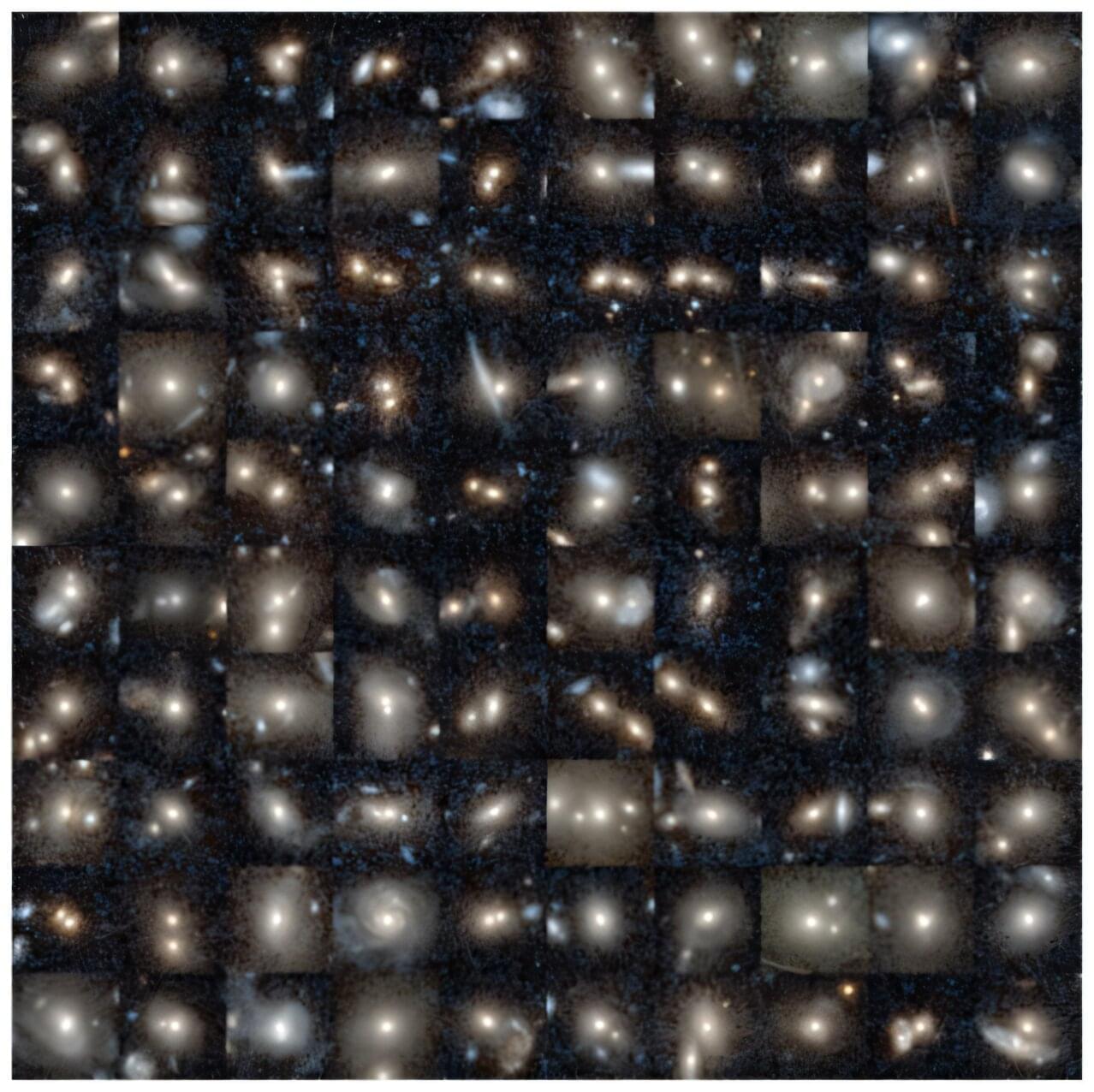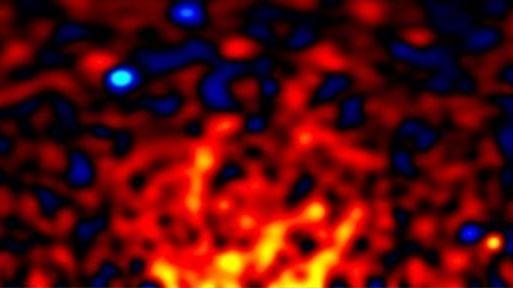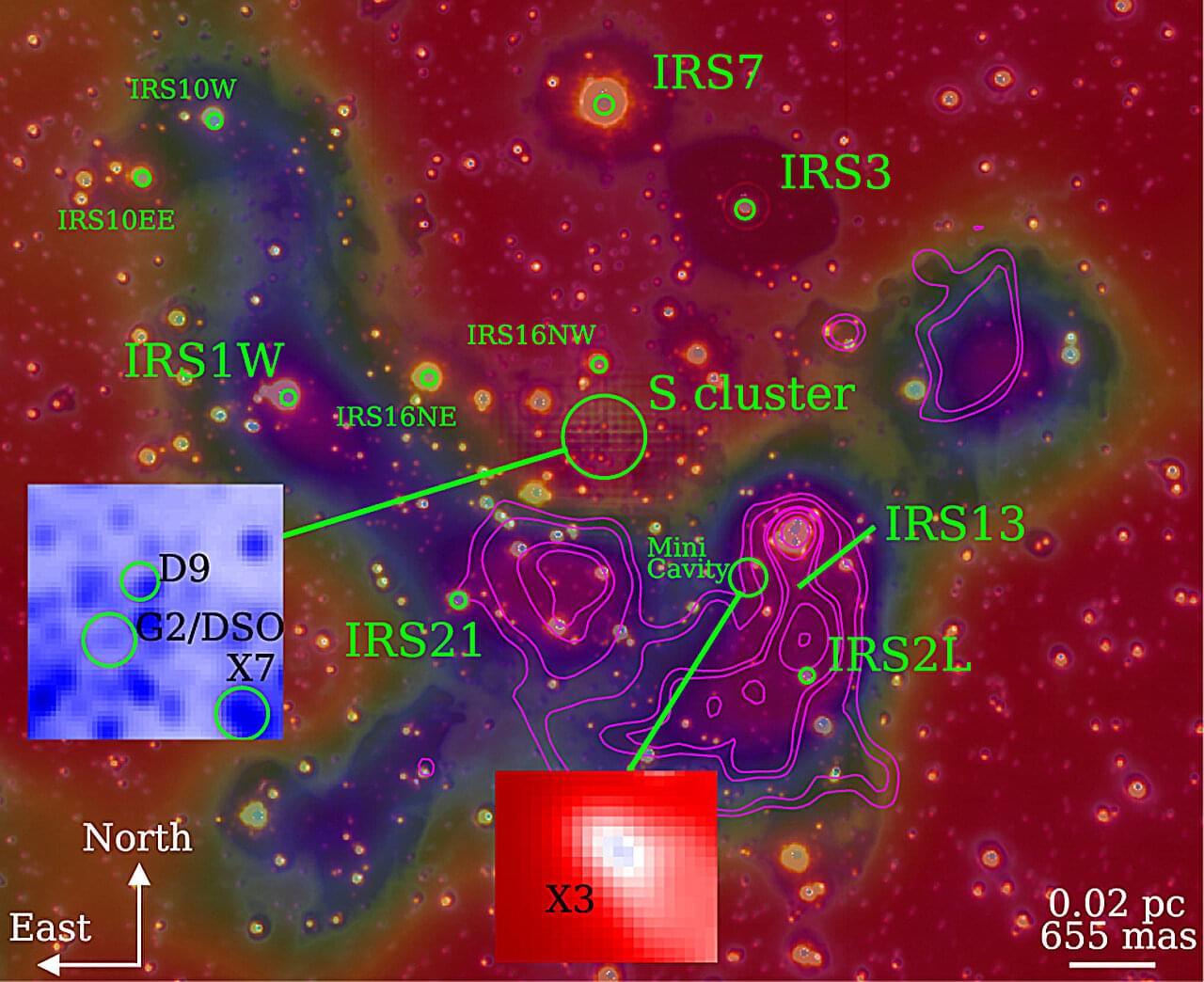In the leading model of cosmology, most of the universe is invisible: a combined 95% is made of dark matter and dark energy. Exactly what these dark components are remains a mystery, but they have a tremendous impact on our universe, with dark matter exerting a gravitational pull and dark energy driving the universe’s accelerating expansion.
What scientists know about dark matter and dark energy comes from observing their effects on the visible universe. Astrophysicists from the University of Chicago have measured those effects on a new patch of sky to illuminate the invisible cosmos.
